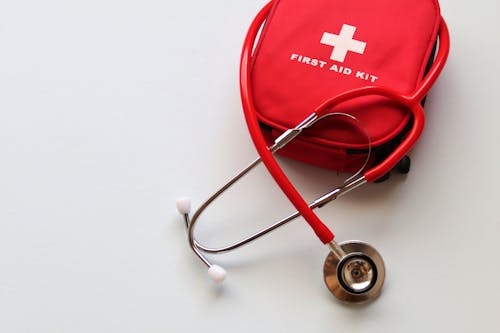Beginner’s Guide To Helping A Choking Person | How To Help A Choking Person | How To Deal With Choking

Introduction
Choking occurs when an object obstructs your airway and prevents air from flowing in and out of the lungs. If air cannot get into the lungs, therefore into the blood, it cannot be delivered to the tissues of the body, the most important being the brain and the heart. If the heart does not receive an adequate supply of oxygen rich blood, it will then stop beating and can lead to cardiac arrest.
The common object causing obstruction is food.
And other small objects
Signs and symptoms of choking:
Clutching the throat or chest
Difficulty in breathing
Coughing
Grunting noises
Red face initially, then turning pale or blue
Reduced level of consciousness
If it continues, the victim will stop breathing.
First Aid (Adult):
If partial blockage:
Encourage to cough
Provide reassurance and monitor
Loosen any tight clothing around the neck
Call EMS (Emergency Medical Services), if it isn't quickly resolved
If complete blockage:
(victim is unable to cough)
Deliver abdominal thrusts (The Heimlich Maneuver)
Stand behind the victim and explain
Put your arms around their body, make a fist with one hand and place it just above the belly button
Grasp this fist with your other hand and firmly pull inward and upward. If unable to deliver the abdominal thrust, then deliver the chest thrusts or back blows
Continue until emergency medical help arrives
If the victim loses consciousness, assess whether they are breathing normally. If they are not breathing normally, commence CPR until the arrival of medical help
They should be assessed by a medical professional, as abdominal thrusts carry a risk of internal organ damage.
Chest Thrust:
Stand behind the victim and explain
Reach around and place one fist on the center of the breast bone (sternum)
Grasp this fist with your other hand and firmly pull inward
After each chest thrust, check to see if the object has been dislodged
Back Blow:
To deliver back blows,
Lean the victim forward and explain
Firmly hit him between the shoulder blades, using the heel of your hand
After each back blow check to see if the object has been dislodged

Good informative article published, will be useful for increasing awareness.
ReplyDeleteShud publish a handbook for all schools n children shud hav mock practicals acc to these instructions. Very useful n simple user friendly language.
ReplyDelete